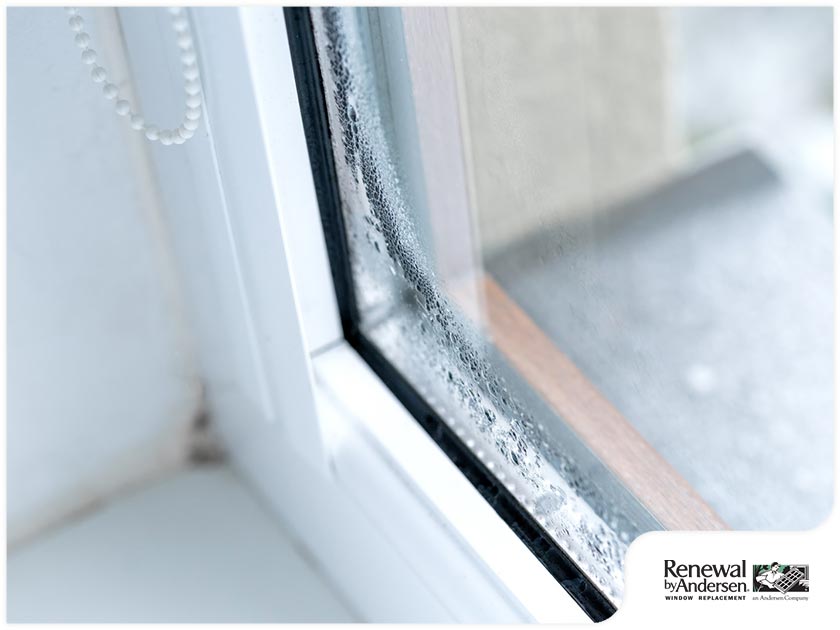

Windows are part of the home’s defenses against harsh outdoor elements. Unfortunately, windows aren’t invulnerable; years of wear and treat will eventually cause them to experience problems. Among the most common window problems are window drafts. What can cause them, and what can you do to deal with them?
Draft can mean many things, but when talking about windows, it means there’s a type of leak in your window. However, unlike roof leaks where water is the main problem, drafts are mostly about outdoor air passing through small gaps found in the window. Some drafts are more noticeable than others, but they all cause long term problems if left unchecked.
Drafts can occur in double hung windows, casement windows or even fixed windows. Some drafts are found along the window’s frames while some can occur along the edge of the glass pane. In some cases, drafts occur because the window’s hardware or weatherstripping fails to form an airtight seal when the window is closed.
According to experts, window drafts can be caused by different factors. Years of exposure to the harsh elements could cause a window’s seals to deteriorate, creating gaps where drafts can form. On the other hand, impact or moisture damage can compromise the window’s structural integrity, causing it to warp and create openings along its frame.
Lack of maintenance can also cause window drafts to appear. This is the main reason why experts recommend regular maintenance for double hung and bay windows. For example, if a window isn’t cleaned for a long time, the dirt and debris can cause corrosion or absorb moisture, causing localized rusting or rotting that later creates draft-causing gaps.
While the first signs of window drafts are barely noticeable, their long-term effects are quite significant. The first consequence of letting window drafts remain unchecked is an overall decrease in the home’s comfortability. Because unregulated air from the outside keeps mixing with indoor air, the temperature and humidity isn’t as consistent.
Comfort aside, window drafts can also have a negative effect on your home’s energy efficiency. Because the temperature and humidity isn’t consistent, your HVAC has to work extra-hard to try and keep indoor air quality in check. This translates into higher power consumption so you end up paying higher monthly electricity bills. This is why experts recommend getting replacement windows to get rid of window drafts.
Window drafts may be a big cause of headache, but that doesn’t mean that you’re stuck with leaky windows forever. Fixing window drafts is relatively easy if you act fast enough. You can call a window expert to check your windows for air leaks and have those sealed immediately. Furthermore, having more frequent window maintenance allows you to find signs of drafts and have them fixed even before they cause a noticeable impact on your home.
There are cases where repair is no longer an option like when your double hung windows are near the end of their lifespan. If that’s the case, then your only option is to have them replaced by newer windows that boast better insulating capabilities. The upfront cost may seem high, but it’s actually better than losing hundreds of dollars on repeated repairs and months of having an energy-inefficient home.
Window drafts are a common window problem, and it’s always a matter of when your windows will start having leaks. Fortunately, regular maintenance can prevent issues, and severe cases of drafts go away with window replacement.
From bay windows to sliding windows, keep them draft-free with help from our team. Renewal by Andersen® of Nashville is the leading window replacement contractor in Murfreesboro, TN. You can call us at 866-609-5033, or fill out this contact form to request a quote.